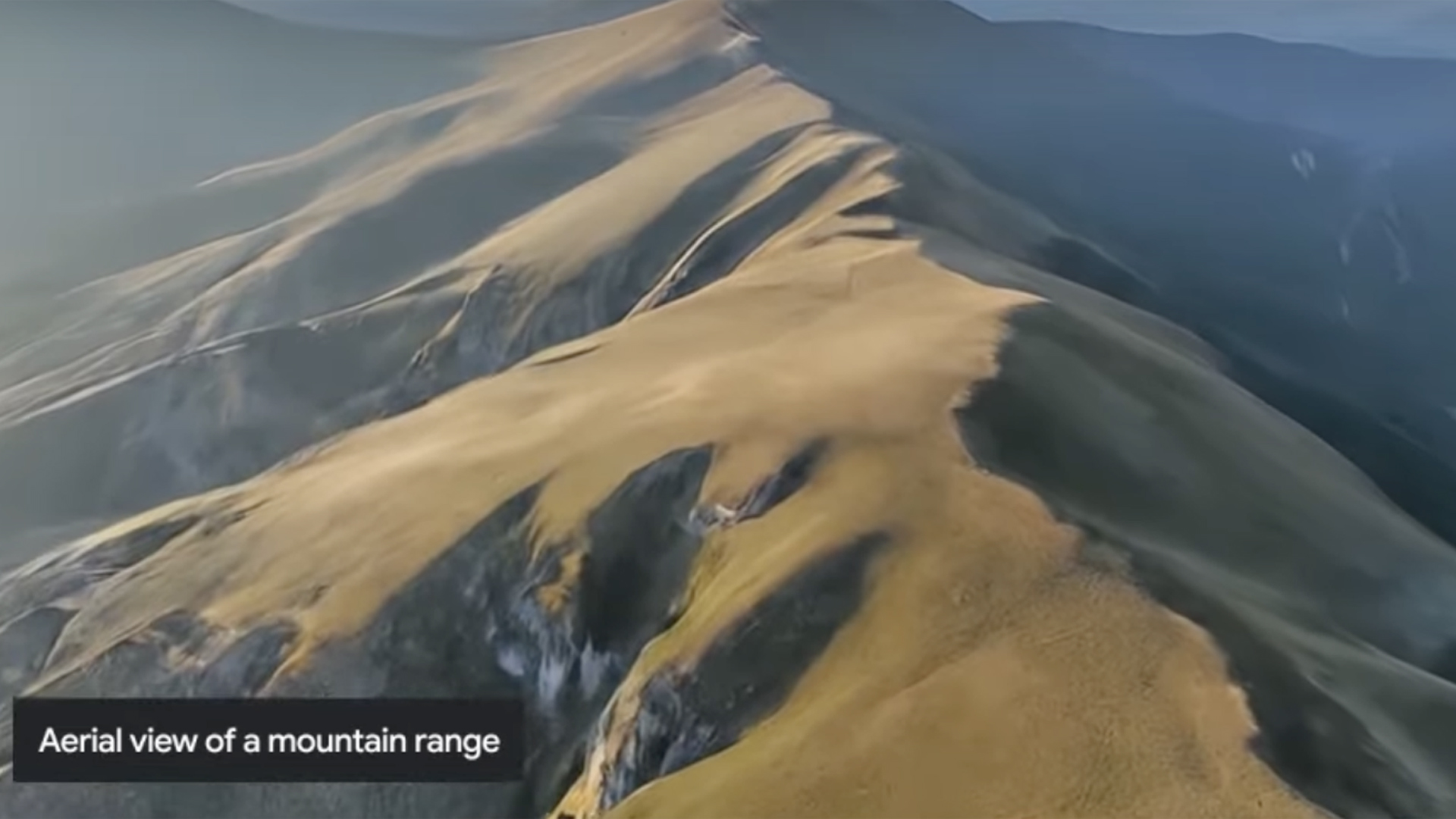
Artificial intelligence models can already help you create realistic photos, but Google's Imagen is taking that a step further with live images.
Starting on Wednesday (Apr. 10), you can load up Google's image-creation tool Imagen and create text-to-live photos, the company said in a blog post. The feature means users can create four-second videos at a resolution of 360 pixels by 360 pixels and 24 frames per second by simply inputting text for what they want to see.
"It’s adept at themes such as nature, food imagery, and animals," Google said in a blog post. "It can generate a range of camera angles and motions while supporting consistency over the entire sequence."
Additionally, Google said that it has included a range of safeguards to prevent misuse, along with digital watermarking, so viewers can determine whether the live image really exists or was created by Google's tool.
Live images have been wildly popular on mobile devices for years. While at first blush, they look like still images, when you hover your finger over a Live, you'll see a short video clip, culminating in the image you see in its static state.
Google's Imagen appears to work in the same way. However, instead of taking a photo to get the live image, you input a text request into Google's AI model. From there, it'll spit out the request as a four-second live image.
Google said, "This allows marketing and creative teams to generate animated images such as GIFs and more from a text prompt."
But that's not all Google had to say about Imagen on Wednesday. The company added editing features, including the ability to add new elements to an image, as well as remove unwanted elements from the image to the publicly available version of Imagen 2.0. Users can also expand an image's borders to create a wider field of view.
In a video accompanying the announcement, Google showed how easy it is to use Imagen to remove elements or add them back. For example, Google's tool seamlessly removed a person from an image, and in another, Google Imagen extended the height of a mountain.
Google's updates are part of a broader effort by companies across the AI space to extend beyond text-to-text AI experiences. With each new update, they're getting better at delivering richer and more compelling visuals. That can only be good news for users who want to quickly create images or, now, live without needing to spend too much time crafting a scene and getting the lighting just right.







